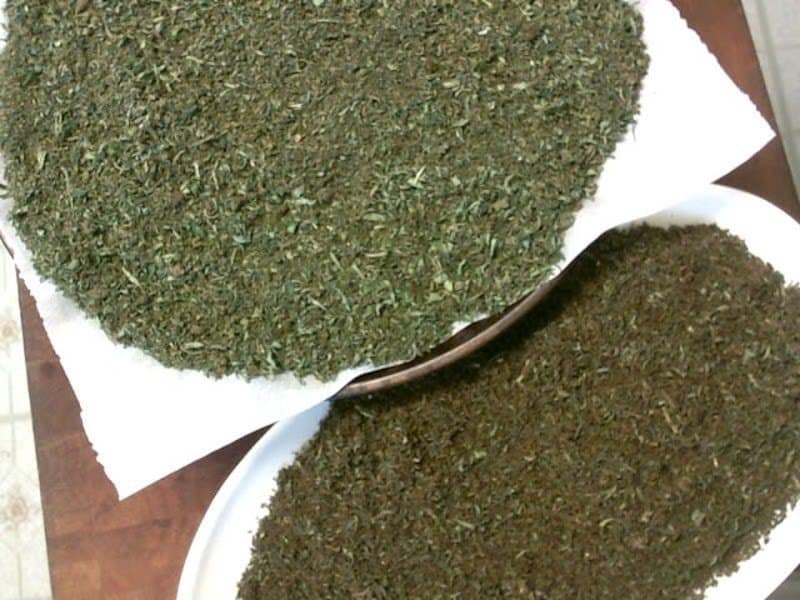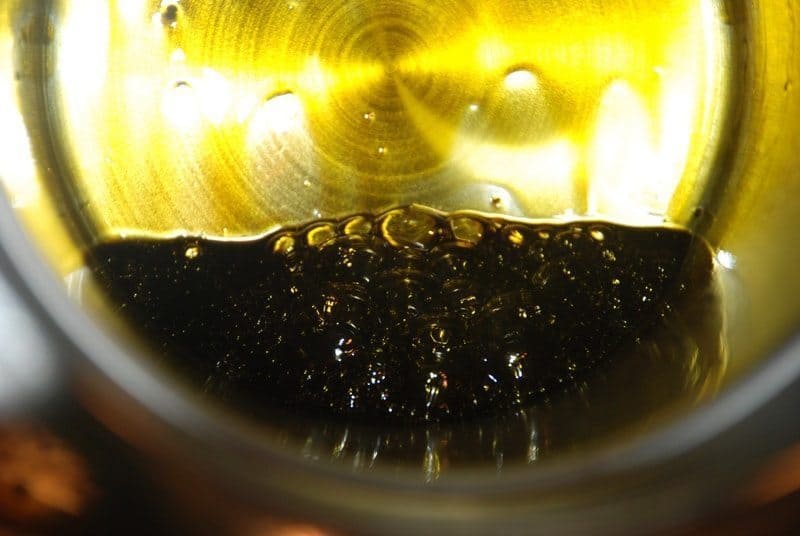Decarboxylation is the chemical process including cannabinoids that activates the psychoactive effects of THC inside the cannabis plant. And in case you need a quick review, THC is the primary psychoactive ingredient in cannabis. It’s what gets you high.
What does Decarboxylation do?
Although decarboxylation is one of the most important steps to consuming cannabis, it’s also one of the least talked about by actual cannabis users.
Decarboxylation is a chemical process that removes a carboxyl group and releases carbon dioxide. When the carboxyl group is removed, it is replaced by a proton.
This changes many of its most important chemical characteristics. When heat is applied to cannabis buds, a chemical reaction takes place. This reaction transforms a chemical called THCA into a chemical called THC.
THCA has a lot of medical properties, but it doesn’t give people the feeling of being high. THC is what does that. So when you decarboxylate cannabis flowers, you turn THCA into THC. You “activate” the THC. Basically, decarboxylation is what makes it possible to get high.
Why Decarboxylate?

When you smoke or vaporize cannabis, the heat you’re using to do that already takes care of decarboxylating the THCA and turning it into THC.
But if you’re trying to eat or drink something with cannabis in it, you won’t get the effects you’re looking for unless you decarboxylate the cannabis first.
If you’re making edibles that use cannabutter, the long heating process involved in making the butter is what decarboxylates the cannabis.
The actual process of baking the cookies or brownies or whatever it is you’re also making decarboxylates the cannabis.
Similarly, if you’re making cannabis drinks that use simple cannabis syrup, the boiling process that makes the syrup helps decarboxylate the cannabis.
For other things like tinctures, if heat’s not already part of the recipe, you’ll need to heat up your cannabis at some point so that you turn that THCA into active THC.
How is Decarboxylation Achieved?

A group of scientists in Holland studied this exact question. They discovered that “the highest yield to THC was obtained at 110°C and 110 min.”
110°C is roughly 230°F. So, if you need to decarboxylate some bud, the best way to do it is to heat it up to 230°F for 110 minutes.
The best method for decarboxylating cannabis is to break it up into small pieces. Then spread it evenly on a baking stone or cookie sheet.
Pop your tray of weed into the oven at 230°F. Leave it in for 110 minutes, stirring the herb around every 15 minutes or so to be sure it gets evenly heated.
After the 110 minutes are up, the bud should be fully decarboxylated and ready for whatever use you have in mind. The THCA will have all turned into THC, ready to give you the high you’re looking for.
Now that you’re a decarboxylation expert, you’ll know exactly how to get the most out of your cannabis no matter what method you want to explore: smoking, vaping, eating, drinking, making tinctures, or anything else. Whatever route you try, if you want to get high, be sure you decarboxylate your bud.





















